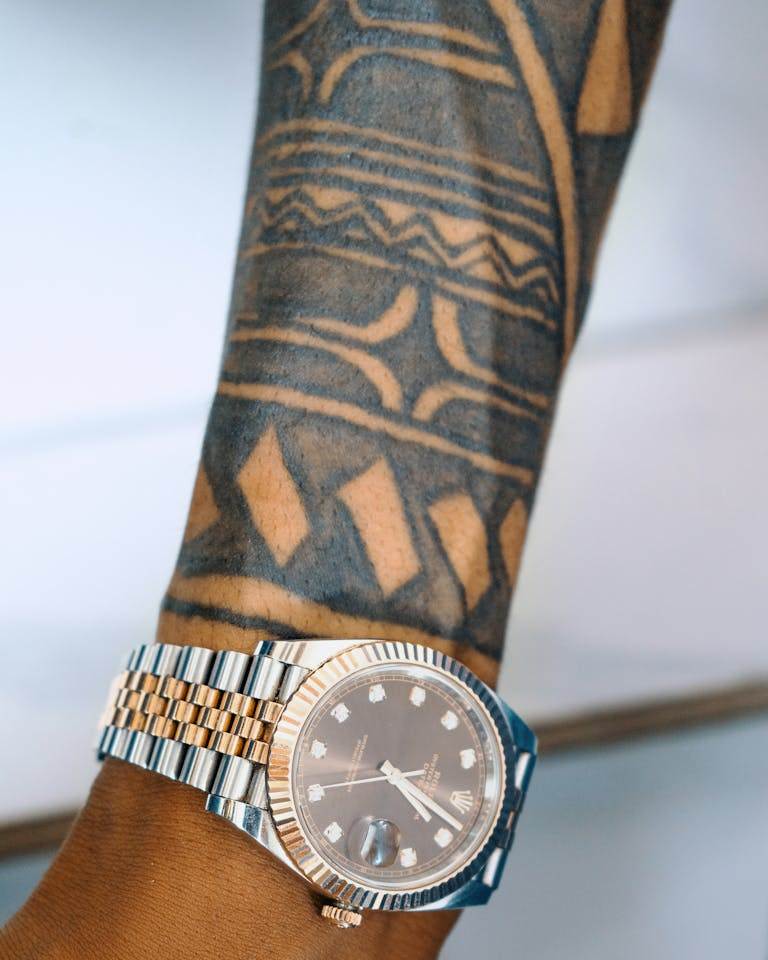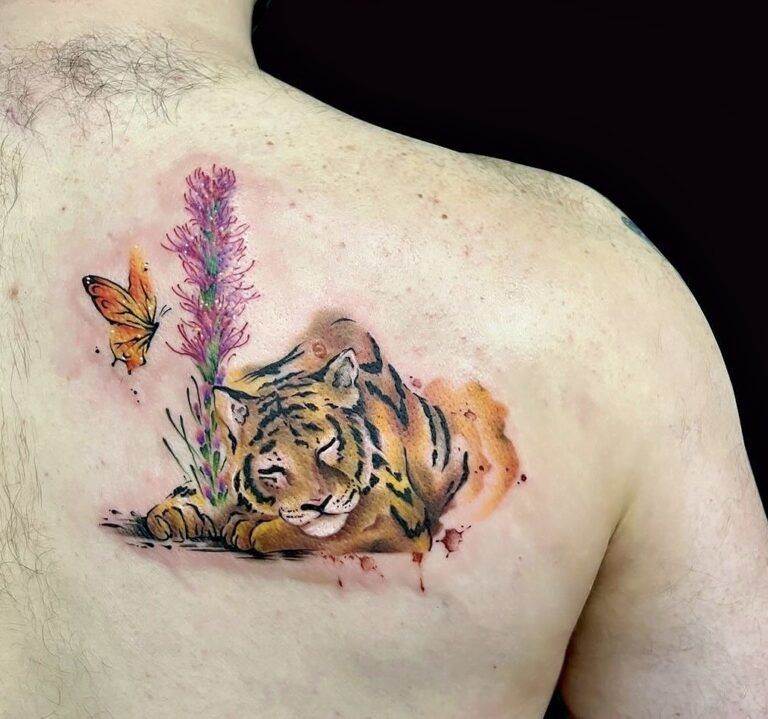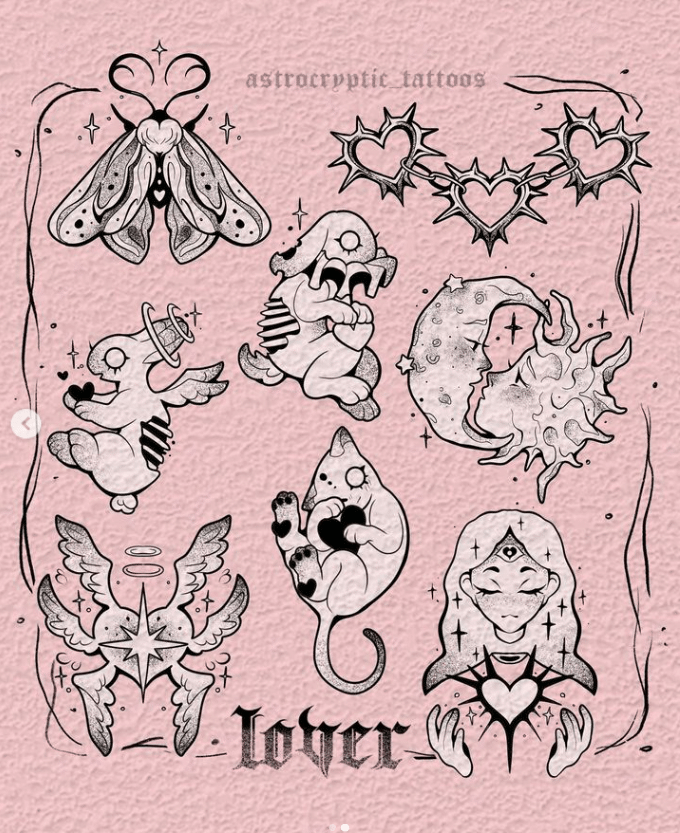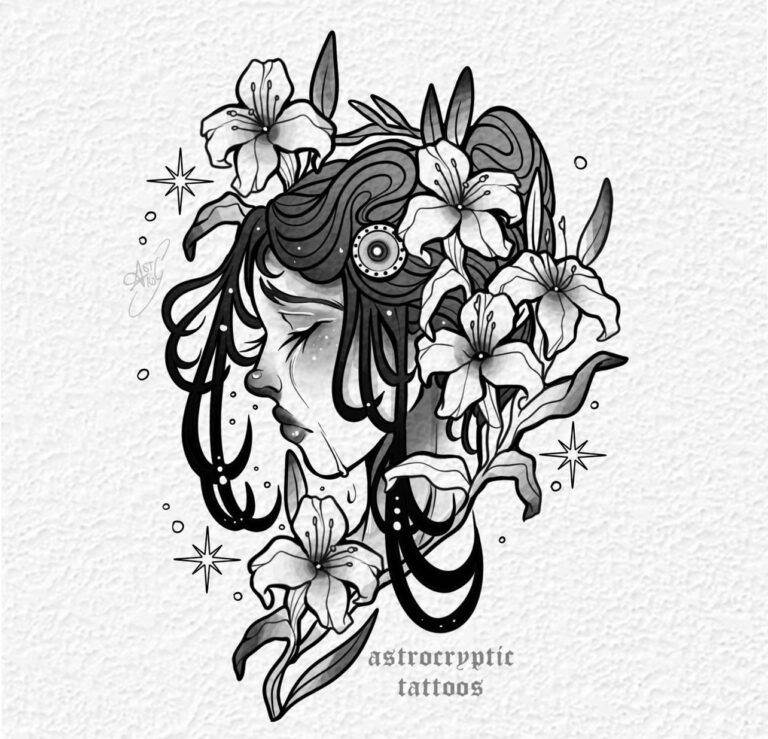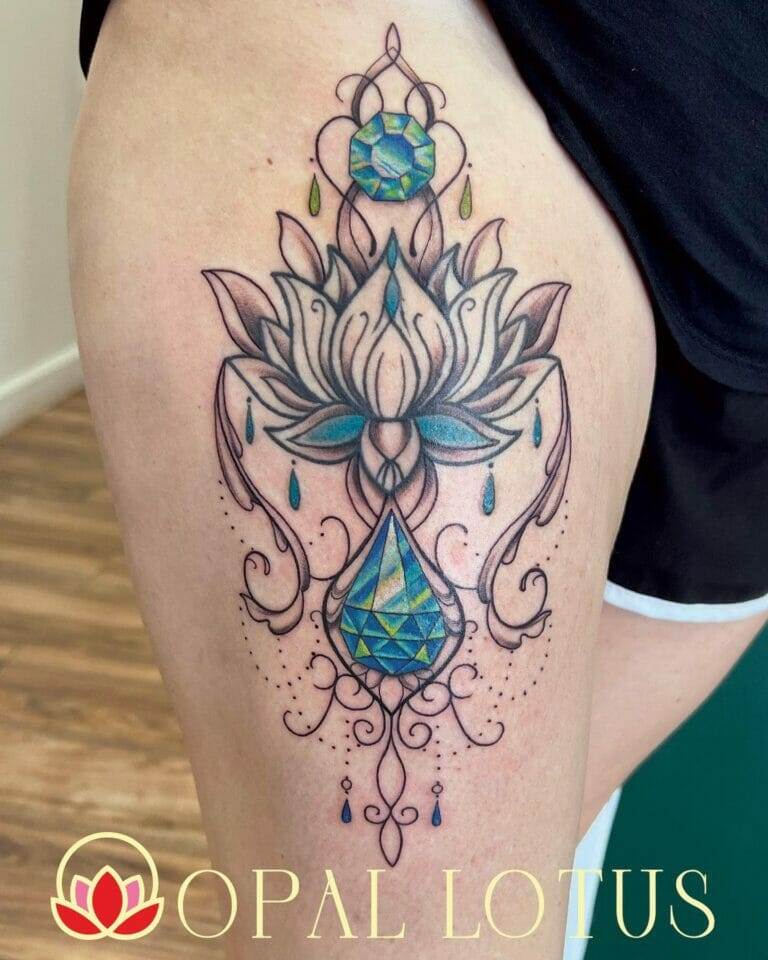Introduction
In recent years, tattooing has transcended from an underground practice to a widely accepted form of self-expression. With a rich history that encompasses various cultures, the art of tattooing evokes curiosity in many. Whether an individual is considering their first tattoo or an enthusiast looking to explore the vast world of body art, understanding the history and evolution of tattooing is essential.
Why Explore Tattooing?
Exploring tattooing can provide insights into personal identity and cultural significance. Here are a few reasons why one might dive deeper into this vibrant art form:
- Cultural Appreciation: Discover the meanings behind different styles and traditions.
- Personal Expression: Find unique ways to embody stories or emotions through ink.
- Artistic Inspiration: Appreciate the artistic skills required to create stunning tattoos.
As society continues to embrace tattoo culture, it becomes increasingly important to understand its origins, diversity, and future trends. This exploration makes tattooing not just a personal choice, but also a fascinating journey through time and culture.
The Origins of Tattooing

To truly appreciate the modern tattoo landscape, one must first delve into the origins of tattooing itself. This ancient practice dates back thousands of years and has been utilized for various reasons across different cultures. It reveals a rich tapestry of art, identity, and spiritual significance.
Ancient Tattooing Techniques
Tattooing techniques have evolved over centuries, but many ancient methods laid the groundwork for contemporary practices. Early civilizations used simple tools, including:
- Sharp objects: Such as bones, thorns, or stones for puncturing the skin.
- Natural pigments: Made from charcoal, plant materials, and minerals to create inks.
- Hand-tapping: A method involving manually striking a needle-like tool into the skin, a process similar to modern hand-poked tattoos.
These techniques required immense skill and precision, showcasing early humanity’s creativity and resilience.
Spiritual and Ritualistic Purposes
Tattooing was often deeply rooted in spiritual and ritualistic practices. Many ancient cultures believed that tattoos served as:
- Protective symbols: Guarding the wearer against evil spirits or misfortune.
- Markers of status: Denoting tribal affiliation, achievements in battle, or transitions into adulthood.
- Ritualistic rites: Commemorating significant life events such as births, deaths, and marriages.
These profound connections highlight how tattooing was more than mere decoration; it served as a vital expression of culture and belief systems. Understanding these origins enriches one’s appreciation of the tattoo arts today.
Tattooing in Different Cultures
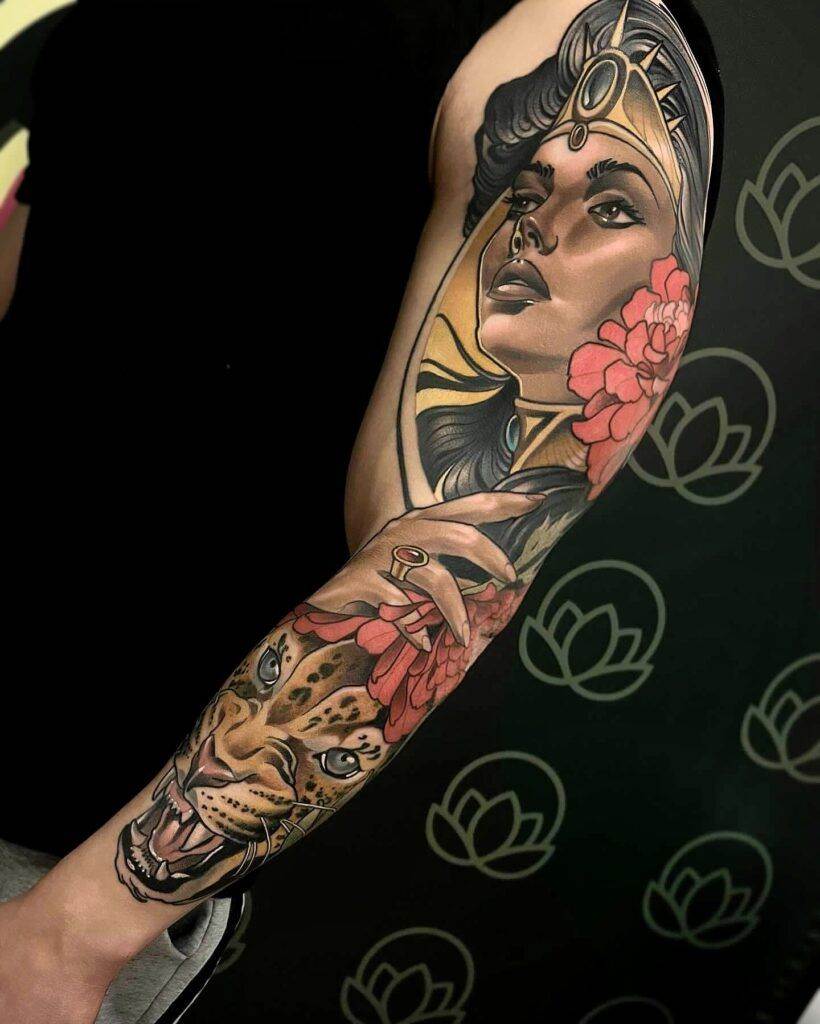
As we explore the art of tattooing further, it becomes evident that different cultures have embraced unique styles and meanings behind their body art. Polynesian and traditional Japanese tattoos stand out due to their rich symbolism and intricate designs, each telling their own story through ink.
Polynesian Tattoos
Polynesian tattoos, known as tatau, are deeply embedded in the cultural heritage of the Pacific Islands. These tattoos often represent:
- Tribal identity: Designs signify one’s lineage, status, and familial connections.
- Life achievements: Each pattern can commemorate milestones such as bravery or significant life events.
- Spiritual connection: Many believe that tattoos can provide strength and protection from evil spirits.
The artistry in Polynesian tattoos is characterized by bold black patterns and elaborate motifs, reflecting not only personal stories but also the collective history of a people.
Traditional Japanese Tattoos
On the other side of the ocean, traditional Japanese tattoos, or irezumi, are renowned for their striking visuals and rich symbolism. Some essential features include:
- Narrative art: Each tattoo tells a story, often featuring mythical creatures, warriors, and floral designs.
- Cultural symbolism: For example, koi fish symbolize perseverance, while cherry blossoms represent the fleeting nature of life.
- Full-body designs: Traditional Japanese tattoos often cover large areas of the body, like the back and sleeves, creating a cohesive and artistic masterpiece.
Both Polynesian and Japanese tattoos exemplify how body art serves as a canvas for history, beliefs, and personal expression, connecting individuals to their cultural roots.
Tattooing in the Western World
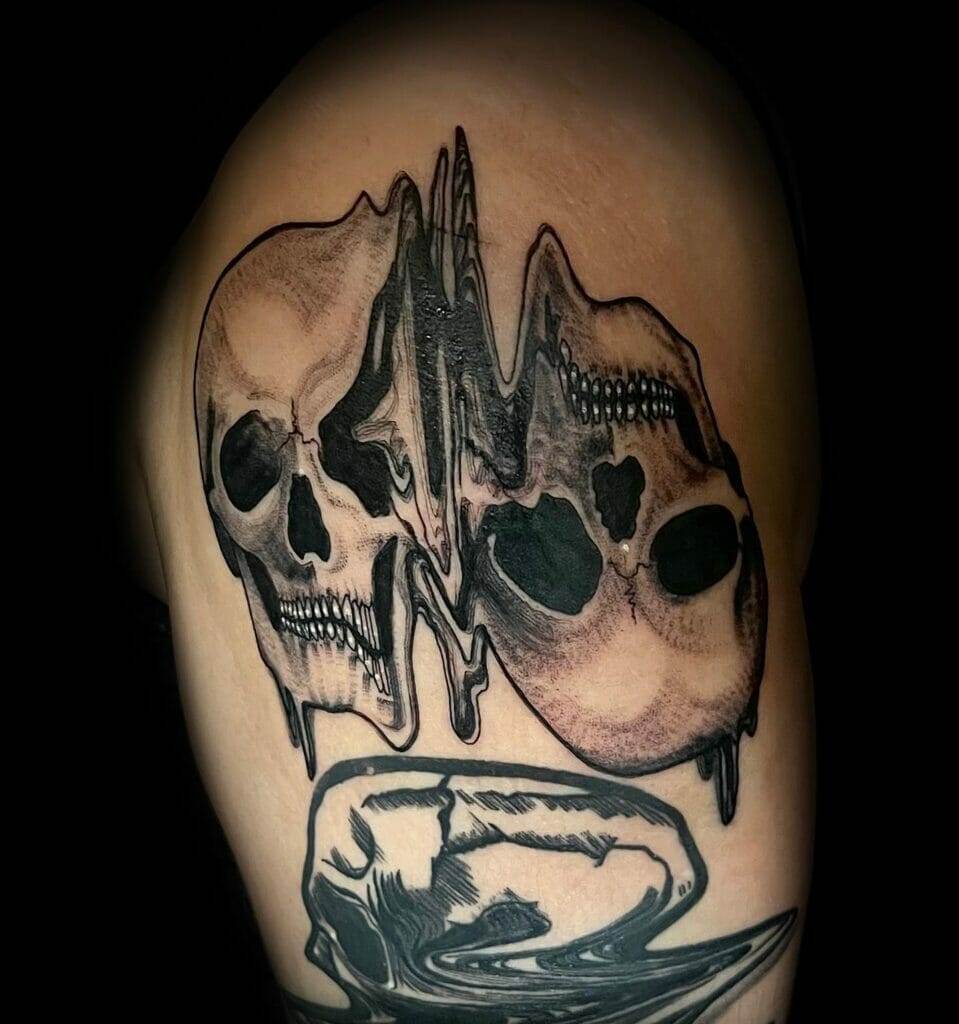
As tattooing continued to evolve, it found its way into the Western world, branching into distinct forms across Europe and the Americas. Each region embraced and adapted tattooing to reflect its own cultural nuances and social dynamics.
Tattooing in Europe
In Europe, tattooing traditionally had a varied reputation, from being associated with sailors and outlaws to becoming fashion statements. Key points include:
- Historical roots: In ancient times, tattoos were used to mark criminals and slaves, while during the Renaissance, they became popular among aristocrats.
- Modern resurgence: The late 20th century saw a resurgence of tattoos among diverse social groups, igniting a creative revolution that emphasized artistry and personal meaning.
- European styles: Traditional European tattoos often feature bold lines and colors, with designs inspired by nautical themes, religious symbols, and folk art.
Tattoo Culture in the Americas
In the Americas, tattooing evolved alongside the rich tapestry of cultures. Noteworthy aspects include:
- Indigenous practices: Many Native American tribes utilized tattoos for spiritual reasons, incorporating their beliefs and traditions into designs.
- Influence of the counterculture: In the mid-20th century, tattooing became synonymous with countercultural movements, from punk rock to biker gangs, emphasizing rebellion and individuality.
- Diverse styles: The tattoo scene in the Americas features a mix of traditional tribal, contemporary artistry, and a blend of cultural elements, showcasing the dynamic nature of the art form.
Overall, tattooing in the Western world reflects a fascinating blend of history, identity, and personal expression that continues to evolve in modern society.
Tattooing in the Modern Era
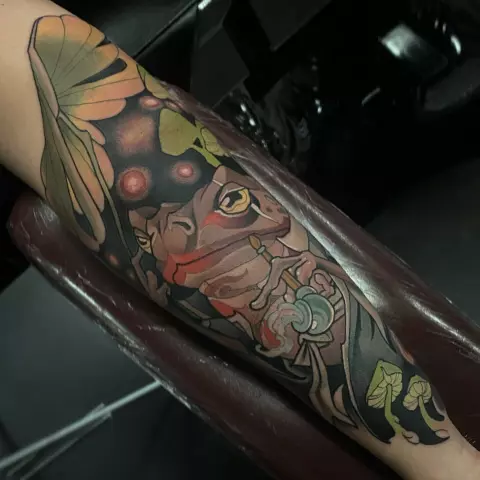
Transitioning into the modern era, tattooing has undergone significant advancements that have transformed both the techniques and perceptions surrounding body art. From the tools artists use to how tattoos are represented in popular culture, the evolution is fascinating.
Evolution of Tattoo Machines
The tattoo machine has come a long way since its inception, drastically affecting the art’s precision and accessibility. Some highlights include:
- Early innovations: The first electric tattoo machine, invented by Samuel O’Reilly in 1891, revolutionized the tattooing process, allowing for quicker and more intricate designs.
- Current technology: Modern machines now utilize rotary and coil systems, providing artists with versatility and control over needle depth and speed.
- Health and safety: Technological advancements also focus on hygiene, including disposable needles and ink, ensuring a safer experience for both artists and clients.
Popularity of Tattoo Reality Shows
In recent years, tattoo reality shows have played a pivotal role in mainstreaming the art form. Key factors include:
- Cultural exposure: Shows like “Ink Master” have garnered millions of viewers, allowing audiences to appreciate the skill and creativity required in tattoo artistry.
- Diverse stories: These programs often share emotional narratives behind tattoos, further endearing both artists and clients to viewers.
- Trendsetting: Reality shows influence popular tattoo designs and styles, driving trends that often permeate social media and tattoo conventions.
Together, the evolution of tattoo machines and the rise of tattoo reality shows signify a shift in how tattooing is perceived, embraced, and celebrated in contemporary society.
Different Styles of Tattooing
As tattoo culture continues to flourish, various styles have emerged, each reflecting a unique approach to art and expression. Understanding these diverse styles can help individuals find the right tattoo that resonates with their personal story and aesthetic. Two prominent styles in the tattooing landscape are realism and traditional.
Realism
Realism tattoos focus on creating lifelike images that capture intricate details and depth. This style requires immense skill and precision, often producing remarkable results that evoke emotion and intrigue. Some notable features include:
- Portraits: Realistic depictions of loved ones or celebrities, showcasing the artist’s talent in replicating facial features.
- Nature and animals: Detailed illustrations of flora and fauna that almost seem to jump off the skin.
- 3D elements: Techniques that provide an illusion of depth, making designs appear as though they are three-dimensional.
Traditional
Traditional tattoos, often referred to as “American traditional,” boast bold lines, vibrant colors, and iconic imagery. This style has a rich history, deeply rooted in maritime culture. Key characteristics include:
- Bold outlines: Thick lines that define shapes and figures, ensuring longevity and visibility over time.
- Limited color palette: Bright, primary colors used to create striking designs that pop.
- Classic motifs: Common themes include roses, skulls, anchors, and eagles, often symbolizing love, mortality, and freedom.
By exploring these distinctive styles, individuals can better understand their options and select a tattoo that resonates with their identity and artistic vision. Whether one prefers the lifelike precision of realism or the bold flair of traditional tattoos, each style tells a unique story waiting to be inked.
Tattoo Removal and Cover-up
While tattoos are often cherished, there can be instances where individuals seek to remove or cover up an unwanted design. Thankfully, advancements in both removal techniques and cover-up options allow for greater flexibility in addressing tattoo regrets.
Techniques for Removing Tattoos
Tattoo removal has evolved significantly over the years, offering various methods to help individuals regain clear skin. Some common techniques include:
- Laser Removal: The most popular and effective method, using targeted laser beams to break down ink particles in the skin. It often requires multiple sessions based on tattoo size and ink color.
- Surgical Excision: This involves cutting out the tattooed skin and stitching the remaining skin together. It’s effective for small tattoos but leaves a scar.
- Dermabrasion: A procedure that involves sanding down the skin to remove the tattoo but may result in skin texture changes and scarring.
Options for Covering Up Unwanted Tattoos
For those who prefer to keep their tattoos but want to alter or disguise them, cover-ups are an excellent solution. Here are popular options:
- Skillful Redesign: Experienced artists can transform existing tattoos into new works of art, incorporating the old design into a larger, more intricate piece that fully conceals it.
- Layering Techniques: Utilizing bold colors and elements to camouflage the original tattoo while introducing new themes, such as flowers or abstract designs.
- Color Options: Sometimes, adding darker colors or more vibrant hues can effectively mask an older tattoo, creating a striking new design.
With the right approach, individuals can either fade away or transform their inked past, allowing them to embrace a fresh start while keeping the spirit of tattoo artistry alive.
The Influence of Celebrities on Tattoo Trends
As tattoo culture continues to evolve, the impact of celebrities on tattoo trends cannot be underestimated. Their bold choices often inspire fans and followers, leading to a surge in certain styles and designs being sought after across the globe.
Celebrities Known for Their Tattoos
Many celebrities have showcased their tattoos prominently, turning them into a part of their public persona. A few notable examples include:
- Musicians: Artists often use tattoos to express their identity, such as inked lyrics or tributes to influential figures in their lives.
- Actors and Actresses: Many have chosen intricate designs visible on-screen, which contribute to their characters and enhance their storytelling.
- Influencers and Athletes: With the rise of social media, influencers and sports figures showcase their ink, appealing to younger audiences looking to emulate their style.
Impact on Popular Tattoo Designs
The influence of celebrities goes beyond mere visibility—these figures often dictate popular tattoo designs. Key impacts include:
- Trendy motifs: Designs favored by celebrities, such as minimalist tattoos, watercolor art, or animal portraits, tend to become popular among fans.
- Symbolism: Celebrities sharing the meaning behind their tattoos can spark interest in certain symbols, such as anchors for stability or wings for freedom.
- Collaborations with Artists: Celebrity endorsements of tattoo artists can elevate their styles, leading to trends centered around specific techniques or themes.
Ultimately, celebrities wield significant power in shaping tattoo culture, guiding the desires and preferences of their fans, and helping to create a broader acceptance of body art in society.
Tattooing and Social Media
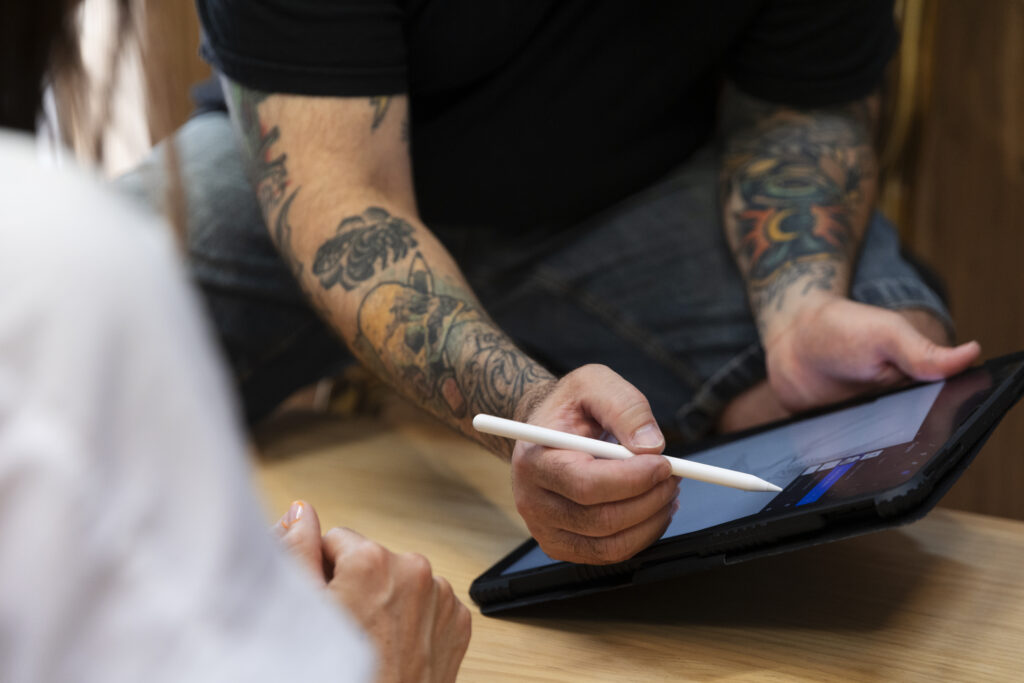
As we move further into the digital age, social media has emerged as a powerful platform for tattoo artists and enthusiasts alike. This evolution has transformed how people discover tattoo artistry, share ideas, and connect with a global community.
Instagram Tattoo Influencers
Instagram stands out as a primary platform where tattoo influencers showcase their work and connect with followers. Key highlights include:
- Visual impact: Artists share stunning photos of their tattoos, allowing viewers to appreciate intricate details and vibrant colors.
- Community engagement: Influencers often interact with their followers, discussing tattoo care, design choices, and experiences, fostering a sense of community.
- Artist discovery: Many find their favorite tattoo artists through hashtags or recommendations by influencers, bridging the gap between clients and talent.
Utilizing Social Media for Tattoo Inspiration
Social media has become a treasure trove of inspiration for those considering tattoos. Here’s how users can make the most of it:
- Hashtags: Searching specific hashtags, such as #TattooIdeas or #TattoosOfInstagram, can reveal a plethora of designs and styles to spark new ideas.
- Mood boards: Many users create digital mood boards by saving images on platforms like Pinterest, compiling designs they love.
- Trend tracking: Social media allows users to stay updated on emerging tattoo trends, as popular styles often gain traction through visual sharing.
Overall, the intersection of tattooing and social media not only enhances visibility for artists but also creates a rich, supportive environment for individuals to explore and celebrate body art.
Future of Tattooing
As we look ahead, the future of tattooing is poised for exciting transformations driven by technological advancements and evolving societal attitudes. These factors not only shape the techniques used but also influence public perception of body art.
Technological Advancements in Tattoos
Innovation continues to play a pivotal role in the tattoo industry, enhancing both the artistry and experience. Key advancements include:
- 3D tattooing: Emerging techniques allow for creating dimensional designs that can play with light and shadow, offering a strikingly unique visual appeal.
- Tattoo ink technology: The development of inks that change color with UV exposure or inks that are temporary and fade over time is expanding creative possibilities.
- Digital tattoo design: Artists can now utilize software to create intricate designs that clients can visualize precisely before the needle hits the skin.
Changing Attitudes Towards Tattoos
As tattoos become more mainstream, societal perspectives are shifting significantly. Considerations include:
- Workplace acceptance: Many companies are embracing tattoos in the workplace, reflecting a broader acceptance of self-expression and individuality.
- Diverse narratives: People are increasingly sharing their tattoo stories, showcasing personal meanings and breaking stereotypes associated with body art.
- Artistic recognition: Tattooing is gaining recognition as a legitimate art form, with galleries, exhibitions, and prestigious awards celebrating tattoo artistry.
With these advancements and changing perspectives, the tattoo landscape is set to grow in creativity and acceptance, paving the way for a future where tattoos continue to inspire and connect people in meaningful ways.


